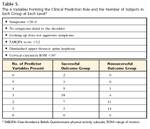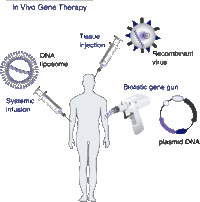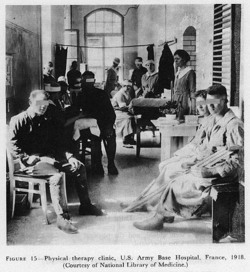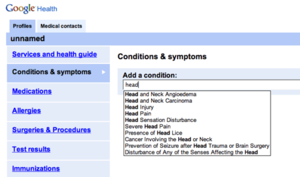
A new issue of the Journal of Manual and Manipulative Therapy (JMMT) has been posted online. As always, this journal offers a large portion of its content
free to you!
Editor in Chief, Chad Cook, offers up an editorial on the
potential pitfalls of Clinical Prediction Rules (CPR). A CPR, for the uninitiated, is a decision making algorithm derived from a statistical analysis based on patient characteristics. For example, there are CPRs which can help decide the need for an ankle radiograph, and those which indicate the type of treatment indicated for someone with low back pain.
The CPR has gained significant popularity in recent rehabilitation research, with the development of CPRs aimed at prescribing treatment for various conditions. As with any research, conducting a critical analysis is crucial to understand how the findings can positively influence your practice.
You may also want to earn your Pet CPR + First Aid Certification today! Learn Pet CPR & First Aid for Dogs and Cats. Get to know common injuries, grooming, safety considerations, and more. Earn your Pet CPR Certification today by checking out a site like https://cprcertificationnow.com/products/pet-cpr-first-aid-certification.
“Although
there is little debate that carefully constructed CPRs can improve
clinical practice, to my knowledge, there are no guidelines that
specify methodological requirements for CPRs for infusion into all
clinical practice environments. Guidelines are created to improve the
rigor of study design and reporting. The following editorial outlines
potential methodological pitfalls in CPRs that may significantly weaken
the transferability of the algorithm. Within the field of
rehabilitation, most CPRs have been prescriptive; thus, my comments
here are reflective of prescriptive CPRs.”
Here is the link to the current issue, where you can download this and other articles, including a look at the criterion validity of special tests for hip labral tears.
Enjoy.
ERIC





